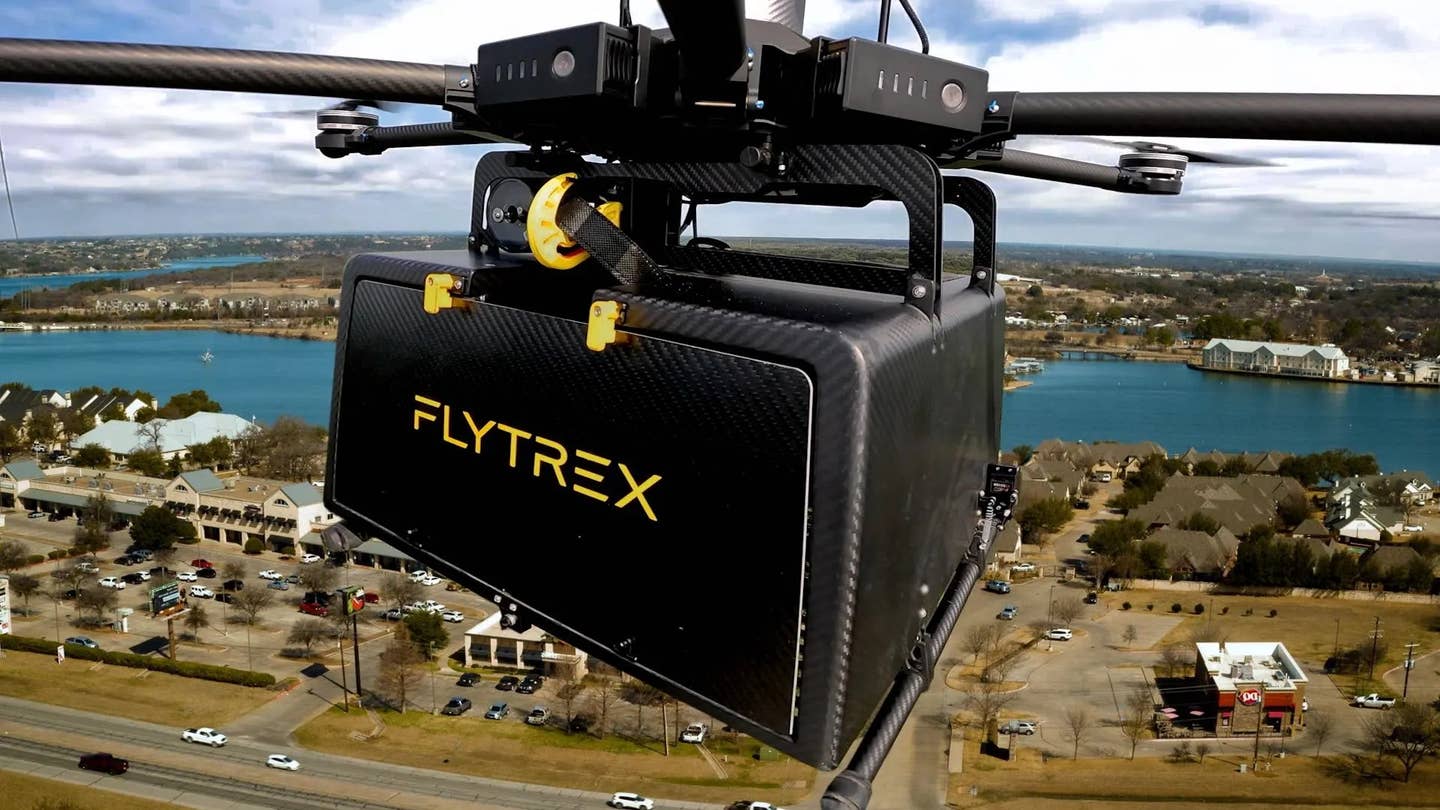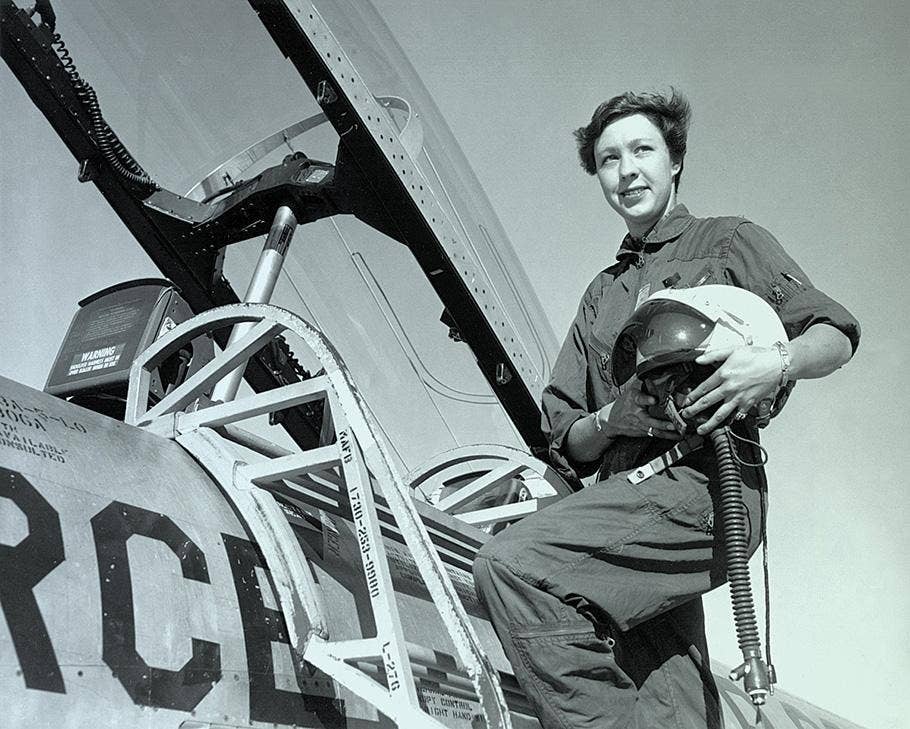FAA Clears SpaceX’s Falcon 9 Rocket for Return to Flight
The regulator on Thursday said the vehicle is safe to return to action, including upcoming SpaceX Crew-9 and Polaris Dawn missions in August.

The four-person crew of SpaceX’s Crew-9 mission, (from left) Stephanie Wilson, Aleksandr Gorbunov, Nick Hague, and Zena Cardman, will fly no earlier than August 18. [Courtesy: NASA]
In a major boon for SpaceX, the FAA on Thursday gave the green light for the company’s Falcon 9 rocket—a workhorse for NASA and other clients—to safely return to flight.
The approval will allow SpaceX to stay on schedule with its Crew-9 mission to rotate astronauts at the International Space Station (ISS), which NASA officials on Friday said is planned for no earlier than August 18.
Falcon 9 was grounded by the FAA following a rare mishap during a July 11 launch of Starlink satellites, its first failure after a streak of more than 300 successful missions.
SpaceX on Thursday shed more light on the incident. The company traced the anomaly to a cracked sense line that created a liquid oxygen leak within the rocket’s second stage engine. This caused ignition fluid to freeze, preventing the engine from performing a burn that would have placed the satellites in a circular orbit.
Despite the issue, SpaceX said, the engine continued operating as intended through both of its planned burns, but all 20 satellites were lost.
The FAA swiftly grounded Falcon 9 as is standard whenever a launch does not go according to plan. SpaceX submitted a mishap report on the night of the anomaly.
Steve Stich, manager of NASA’s Commercial Crew program, said Friday that “SpaceX went above and beyond” in its assessment of the issue, working with NASA to develop a fault tree, review spacecraft telemetry, analyze video, and search for similar issues on other Falcon models.
The company has opted to remove the faulty sense line, which is redundant and not a part of the spacecraft’s safety system, for near-term Falcon 9 launches. It also agreed upon several corrective actions with the FAA that will be detailed in the coming days.
The FAA must still give a final sign-off for Crew-9 to launch, but the blessing to return to flight should allow SpaceX to meet its mission timeline. Stich on Friday said Crew-9 will launch no earlier than August 18 from Launch Complex 39-A at Kennedy Space Center in Florida, with the launch window extending into September.
The mission represents the fourth flight of this particular Falcon. It will launch SpaceX’s Crew Dragon on its 45th mission to the ISS. Once onboard, four crewmembers will spend six months conducting a range of experiments, including studying the physics of neutron stars and the behavior of wildfires on Earth.
The ISS’ two docking ports are occupied by SpaceX’s Crew-8 Dragon capsule and Boeing’s Starliner, the latter of which will need to make way for Crew-9. Complicating matters, however, is the unexpected extension of Starliner’s inaugural crew flight test (CFT), which has left astronauts Butch Wilmore and Suni Williams aboard the orbital laboratory for nearly two months.
Sources told Ars Technica’s Eric Berger that NASA is considering sending Crew-9 to the ISS with only two astronauts, theoretically making room for Wilmore and Williams to hitch a ride home on SpaceX’s Dragon rather than Starliner.
The scenario is one NASA hopes to avoid. Officials stopped short of calling it a requirement for certification but said that returning the astronauts home on Starliner rather than Dragon is “important” to the program’s goals. According to Stich, teams have finished an approximately monthlong test of Starliner’s thrusters and are working toward a flight readiness review, expected toward the end of next week.
However, Stich also said that NASA has officially handed over the Starliner’s first mission—which was double booked for early next year—to SpaceX. The flight, Starliner-1, will be pushed to no earlier than August 2025, while Falcon 9 and Dragon handle the agency’s tenth commercial crew rotation in February. Starliner-1 will again be double booked with SpaceX Crew-11.
Though SpaceX’s Falcon woes haven’t derailed Crew-9, they may shake up NASA’s busy ISS manifest. The agency is working toward an August 3 launch of Northrop Grumman’s Cygnus, followed by an August 13 Roscosmos launch. Crew-9 would be next, followed by SpaceX’s Polaris Dawn mission, originally scheduled for this month.
Beyond that, NASA wants to make a Soyuz ISS crew exchange in September, launch the Europa Clipper probe in October, and facilitate the Axiom-4 private astronaut mission in November.
Given the rapid turnaround following Falcon 9’s rare mishap, Boeing’s Starliner may be a larger culprit than SpaceX in any future delays.
Like this story? We think you'll also like the Future of FLYING newsletter sent every Thursday afternoon. Sign up now.

Subscribe to Our Newsletter
Get the latest FLYING stories delivered directly to your inbox






